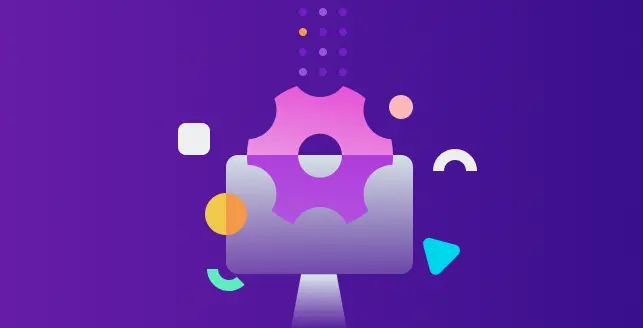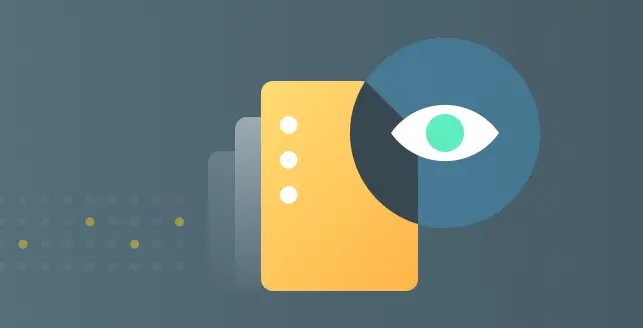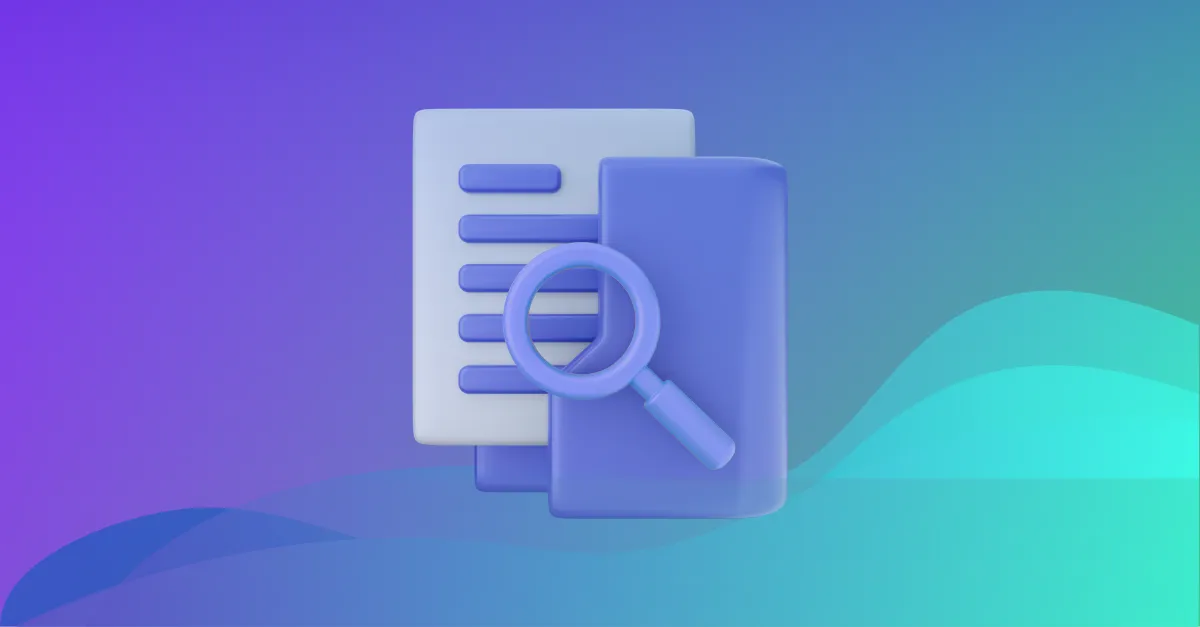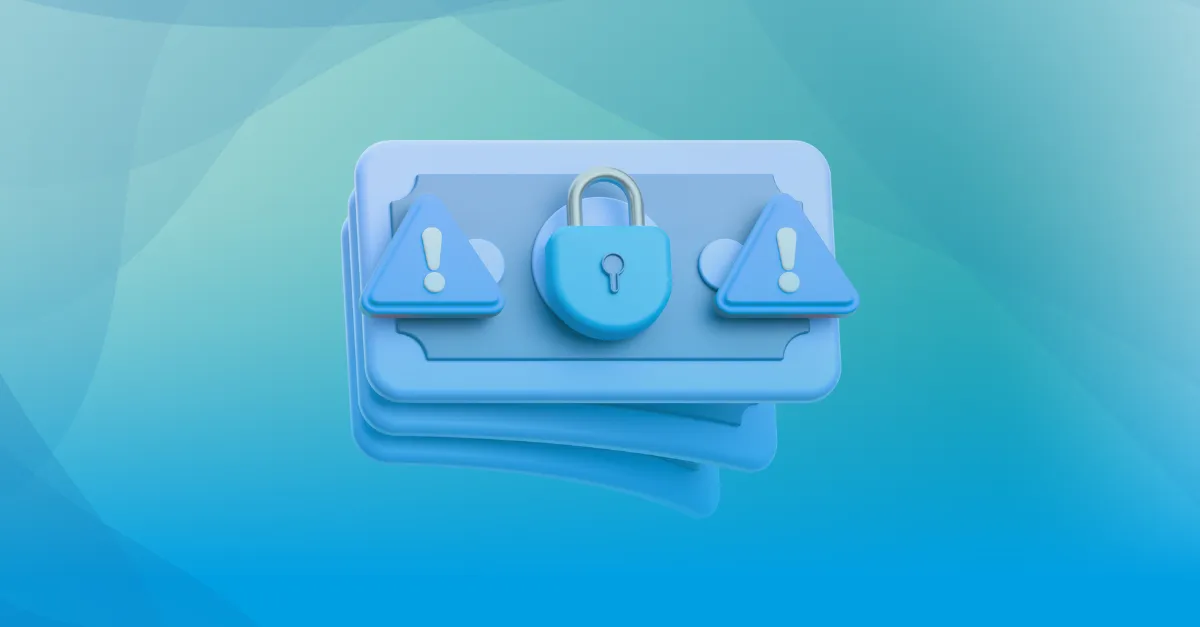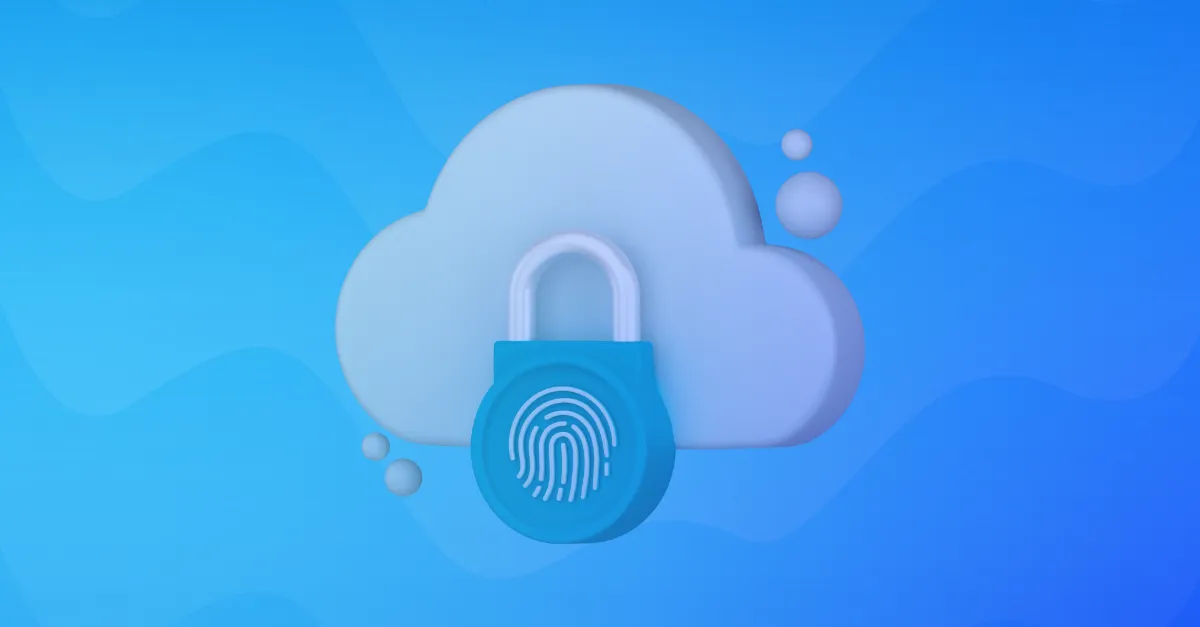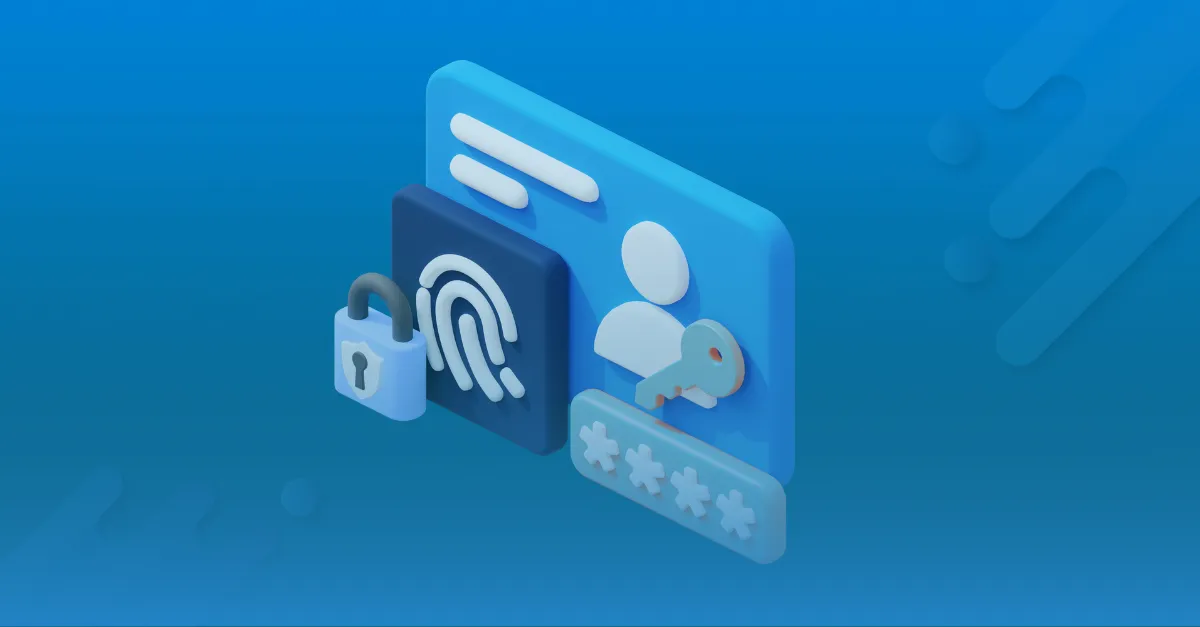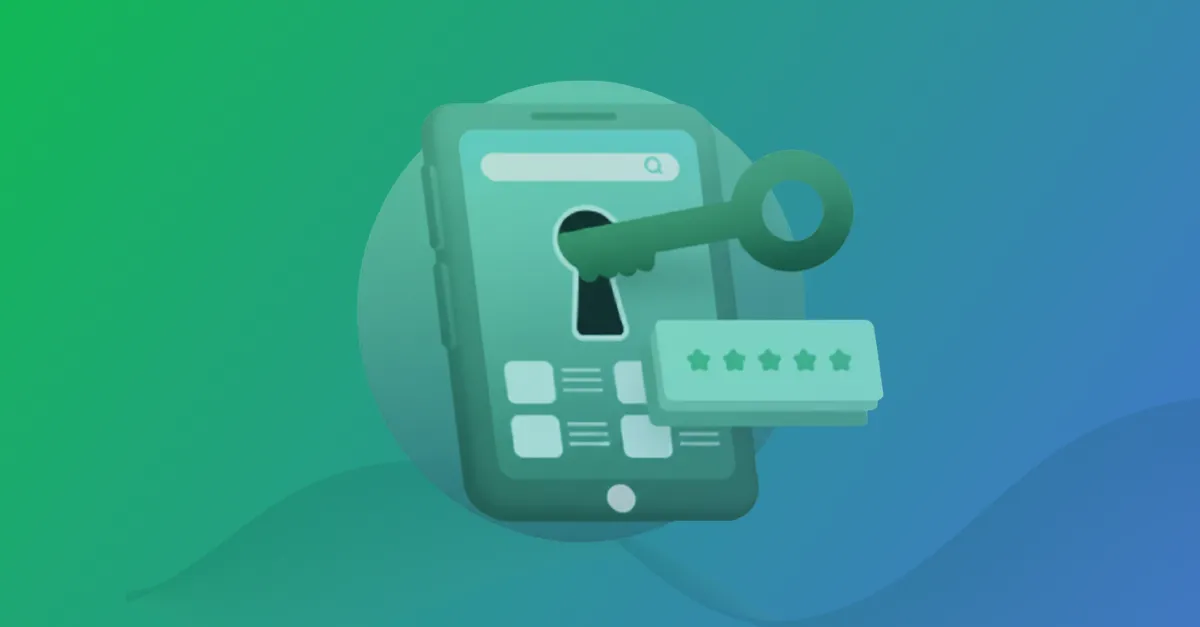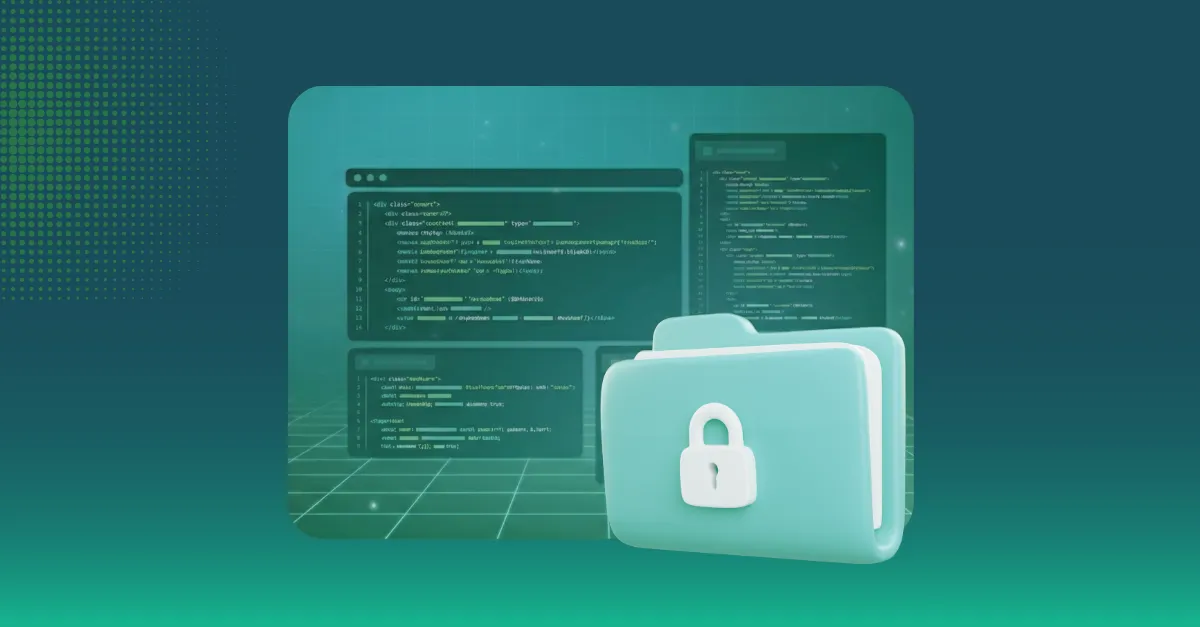![How to build an effective AppSec program using the OWASP top 10 framework[2025] How to build an effective AppSec program using the OWASP top 10 framework[2025]](https://beaglesecurity.com/blog/images/blog-banner-three-840.webp)
TL;DR
This blog helps you:
Build your AppSec program using the OWASP Top 10 as a practical foundation
Understand and apply six key stages: from risk discovery to maturity measurement
Embed security into SDLC using tools like SAST, DAST, and threat modeling
Implement a secure-by-default “paved road” for developers
Integrate with SAMM, ASVS, and NIST CSF for program alignment
Track metrics like MTTR(mean time to remediate) and vulnerability recurrence
Choose the right tools: Beagle Security, Semgrep, Snyk, Mend
Use WebGoat and SKF to train developers effectively
Introduction: Why the OWASP top 10 is more than a list
Security professionals and engineering leaders often face a common challenge: turning theory into practice. With so many tools, standards, and maturity models available, it’s easy to feel stuck before you even start.
The OWASP Top 10, while often seen as just a set of risks, can be the catalyst for a structured, meaningful AppSec program when paired with the right strategy.
This blog helps connect the dots from understanding OWASP’s core risks to building real-world security processes that integrate with development and scale across teams.
Whether you’re new to application security or expanding a maturing program, this framework can help turn reactive efforts into a proactive, continuous capability.
Understanding the OWASP top 10 framework
What is the OWASP top 10?
The OWASP Top 10 identifies the ten most critical security risks in web applications, based on data from industry research and community feedback. It includes vulnerabilities like broken access control, cryptographic failures, and software supply chain flaws.
While it’s not a comprehensive standard, it provides a focused, digestible starting point to raise awareness, guide testing, and prioritize engineering effort.
Why the OWASP top 10 matters for AppSec programs
Security teams need a shared vocabulary. The Top 10 enables conversations between developers, product managers, architects, and executives about real threats and where to focus energy.
Benefits include:
Faster onboarding into security awareness
Easier alignment of secure coding habits across platforms
Ready-made support from community tools and training materials
Many AppSec engineers use it as the foundation for security scorecards, workshops, and code review guidance.
Starting your AppSec program with OWASP top 10
Once you’re aligned on why the OWASP Top 10 matters, the next step is applying it as a practical blueprint.
The following stages walk through how to build your AppSec program incrementally, guided by the OWASP Top 10 and supported by tools, and cultural alignment.
Stage 1: Identify gaps and set your AppSec program goals
Before rushing into tools or implementation, it’s essential to assess the current state of your application security efforts. Many organizations benefit from frameworks like the Software Assurance Maturity Model (SAMM), which break down AppSec into categories such as governance, design, verification, and operations.
At this stage, your goal is to identify inconsistent practices, visibility gaps in third-party risks, and any misalignment between security controls and application value. Based on this assessment, you can build a realistic, phased roadmap that prioritizes high-impact initiatives while laying the groundwork for long-term program maturity.
Stage 2: Plan your secure development lifecycle (SDLC)
Security cannot be bolted on at the end of the development process. Instead, it should be embedded directly into your SDLC. This involves initiating threat modeling discussions early in the design phase, integrating static analysis tools to catch issues like injection flaws at the code level, and reviewing infrastructure code to detect misconfigurations.
Incorporating OWASP’s Application Security Verification Standard (ASVS) at this stage helps formalize control expectations across projects and teams. When development workflows are aligned with security from the start, vulnerabilities are caught sooner, and teams spend less time and effort on rework later.
Stage 3: Create a paved road for secure development
The paved road concept means creating an opinionated, secure-by-default development experience that teams can follow without friction. Rather than enforcing security through gates and reviews, you build toolchains and frameworks that guide developers naturally toward secure outcomes.
This can include prebuilt authentication modules, secure Docker base images with observability baked in, and automated CI/CD policies that prevent the introduction of known-vulnerable packages. When the secure path is also the easiest and best-documented path, developers adopt it more willingly and consistently.
Stage 4: Migrate legacy applications to secure practices
Modernizing legacy systems often feels daunting, but ignoring them increases risk over time. Begin by identifying which applications pose the greatest exposure, such as those handling sensitive data or operating in high-traffic environments. Once prioritized, map their vulnerabilities to OWASP categories like outdated components, or lack of input validation. Develop improvement plans that can be executed over multiple sprints or quarters. In many cases, applying compensating controls or isolating high-risk components is a practical starting point, especially when full refactors are not immediately feasible.
Stage 5: Validate with OWASP-aligned testing
Validation is essential to measure the effectiveness of your security efforts. Rather than relying on a single approach, combine multiple testing layers to gain better insights. Dynamic application security testing (DAST) tools are excellent for uncovering runtime issues like broken access control or security misconfigurations.
Static application security testing (SAST) should be run as early as possible to catch vulnerable code before it’s merged. Interactive testing (IAST) can help surface deeper vulnerabilities by observing the application during use, and runtime protection (RASP) adds continuous monitoring in production.
Aligning these methods with OWASP categories ensures comprehensive coverage and keeps testing efforts focused on high-priority risks.
Stage 6: Build and measure program maturity
A successful AppSec program doesn’t end at implementation. It evolves over time. Security leaders should treat the program as a product, complete with roadmaps, metrics, and stakeholder feedback loops.
Use maturity frameworks like NIST CSF to track and communicate progress in terms that executives understand. For example, assess whether security practices are consistent, whether vulnerabilities are being resolved promptly, and whether the controls are leading to fewer repeated issues.
Key indicators like mean time to remediate, vulnerability recurrence rates, and coverage of threat modeling across the application portfolio help demonstrate value, drive accountability, and secure continued investment.
Using OWASP top 10 as an AppSec standard
Effectiveness as an organizational standard
Include OWASP risks in onboarding, policy templates, and code reviews. This makes best practices tangible and consistent across teams.
Integration with existing security frameworks
The OWASP Top 10 doesn’t operate in isolation. It integrates naturally with other security frameworks that organizations may already use. For example, OWASP ASVS provides detailed guidance on verifying security controls and complements the risk categories in the Top 10 by specifying what needs to be tested.
SAMM helps teams align those controls to broader program strategy by assessing current maturity and defining a roadmap for improvement. At the governance level, the NIST Cybersecurity Framework (CSF) helps translate these technical activities into language that business and executive stakeholders can understand.
Connecting OWASP efforts to these frameworks helps security teams show they meet regulatory expectations and makes it easier to secure both clear measurement methods and ongoing funding.
Measuring success and compliance
To move beyond reactive fixes, AppSec programs need metrics that show impact. Tracking training adoption provides insight into whether developers are engaging with secure coding practices. Measuring application coverage, such as how many systems are tested against OWASP risks or have threat models in place, shows the breadth of your efforts.
Finally, monitoring vulnerability trends helps identify whether recurring issues are being addressed effectively or if systemic problems persist. These metrics help transition the conversation from basic compliance to measurable value creation and ongoing risk reduction.
This helps evolve security from checklists to business value.
Choosing the right tools and resources for your AppSec program
AppSec tools
Choosing the right tools is critical to implementing and scaling your AppSec program. Each type of tool serves a unique role in identifying and mitigating risks throughout the software lifecycle.
DAST (dynamic application security testing) tools simulate real-world attacks by scanning running applications for runtime flaws. These tools are particularly effective at detecting issues such as broken access control, exposed server configurations, and input validation failures. Beagle Security is one such platform that offers continuous, developer-friendly testing with detailed reports and CI/CD integrations.Another well-known DAST tool is ZAP, now maintained by Checkmarx. ZAP is valued for its extensibility and open testing model, making it a favorite in both educational and enterprise contexts.
SAST (static application security testing) analyzes source code during development to catch vulnerabilities before the code is compiled or deployed. Semgrep is widely adopted for its speed, customizability, and ability to integrate seamlessly into pull request workflows. It allows security teams to write tailored rules for their specific environments. SonarQube, on the other hand, combines static analysis with code quality checks, giving engineering teams a single platform to manage both technical debt and security flaws in a streamlined manner.
SCA (software composition analysis) helps identify risks introduced through third-party libraries and open-source dependencies. Tools like Snyk and Mend (formerly WhiteSource) scan project dependencies for known CVEs and licensing issues. They also offer remediation advice, helping teams stay secure while still benefiting from the speed of open-source development. These tools are especially important for modern cloud-native stacks, where a large portion of the application code is not written internally.
AppSec resources
In addition to tools, AppSec programs benefit from resources that support developer education, architectural alignment, and program governance.
OWASP WebGoat is a purpose-built training platform where developers can safely explore common vulnerabilities by exploiting them in simulated environments. This hands-on learning experience reinforces secure development principles in a way that passive tutorials often can’t.
Security Knowledge Framework (SKF) provides practical, actionable guidance for developers and architects. It includes ready-made checklists, secure code snippets, and best practices across multiple programming languages and technologies. SKF is useful during both the planning and implementation phases of software development.
OWASP SAMM is a maturity model that helps AppSec leaders evaluate their current security posture and build a roadmap for improvement. It provides a structured view across different security domains, making it easier to communicate progress to leadership and align AppSec efforts with business goals.
Final thoughts
An effective AppSec program doesn’t start with tools or rules, it starts with clarity, prioritization, and collaboration. The OWASP Top 10 provides a reliable launchpad to guide your strategy and conversations.
Focus on integrating risk into development, building helpful defaults, and evolving your maturity. Pair that with training, automation, and smart measurements, and you’ll build a program that doesn’t just find flaws, it prevents them.
![Top 20 cybersecurity consulting firms [2025] Top 20 cybersecurity consulting firms [2025]](https://beaglesecurity.com/blog/images/blog-banner-two-840.webp)
